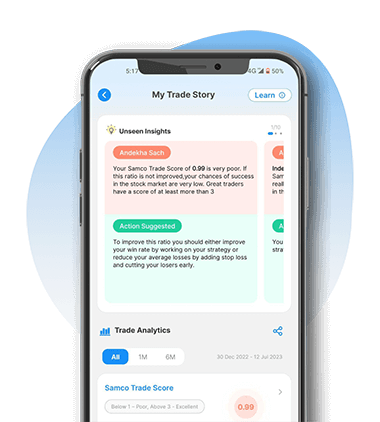

Here are few ideas for new traders to have a successful career focused on longevity.
1. Don’t start trading if you don’t have enough money to lose.
Trading is one profession where learning comes at a cost – quite literally. There are more trades ending up in losses initially in the career. One should ideally start paper trading to confirm the success ratio of their strategy before actually entering the capital markets. Even after entering the markets, losses are bound to happen and they should be accepted without having any emotional barriers or becoming under-confident of their strategies.
2. Knowledge is power
It is imperative to know what you’re doing in advance. Reading books and understanding the technical setups like price action, volume action or any other technical setups before actually using them is of paramount importance. Partial knowledge on the subject would leave open ends and the trader could discover the newer situation in the live market. Getting such surprises in the real market is not what a trader would expect. Therefore, it’s better to understand the depth of each strategy, pros and cons to quantify and understand the maximum downside risk of the strategy.
3. Try understanding the psychology behind each move rather than technical analysis
Acting on any trade setup is merely understanding the psychology of the market participants. For example, a price action analysis of candlesticks actually conveys the psychological indicators of the buyers and sellers in the markets enabling the trader to predict the future moves. Understanding the nature of candlestick would essentially imply learning the thought process of the market participants and then predicting a potential price reversal.
4. Position right sizing
Earmarking too much capital to a single trade is one of the most common mistakes by any rookie trader. Generally, the size of a single trade increases after the initial loss in the hope of making potential recovery of earlier losses. This is a trap. Realistically, the overall capital does not allow the trader to increase the capital after the preliminary losses.
5. Risk reward ratio
A trader should never enter a trade with an unfavourable risk-reward ratio. If he fails to follow this regularly, he would end up taking small profits on the right bets but he would end up with huge losses in potentially unfavourable trades. This generally happens with rookie traders who enter into a trade in a rush with a fear of missing out on capitalizing on potentially attractive trade setup.
6. Trend is your friend
First and foremost important part for a trader is to identify the trend. For eg., an uptrend is established when the stock makes higher highs and higher lows whereas a downtrend is established when the stock makes lower highs and lower lows. For a rookie trader, it is important to identify the trend and trade along with the trend only. Betting against the trend can be risky in the initial phase because of lack of market experience and practical knowledge. A new trader should avoid trading against the trend as well as non-trending market scenarios.
7. Set aside Funds for trading.
A trader should have separate portfolios for trading as well as investment. This will enable to cap the maximum loss a trader can make for a particular month. In addition to this, the investment portfolio, since separately identified, shall be secured. In an otherwise scenario, the trader might end up making losses and also selling the investment portfolio for trading. This is a typical case of over-trading and over-leveraging.
8. Avoid illiquid and Penny Stocks.
Illiquid stocks simply would not allow the trader to get the right entry and exit from the market. Even if, a good trade set-up is identified, lesser volume/liquidity in a particular stock would mean higher bid-ask spreads and therefore, higher trading costs. These costs would affect the profit from a trade. Further, illiquid stocks also offer lesser data points, thereby the trader may find it difficult to make a cleaner and a confident trade setup.
9. Trade with a strict stop-loss order:
Booking a loss is psychologically difficult. However, not keeping a stop-loss to trade can result in huge losses in trading. At the same time, one needs to be realistic about his profit targets as well.
10. Avoid emotional bias
Trading is a mechanical concept. It has to be system driven and needs to be devoid of human emotions. A seemingly attractive trade setup can be traded sticking to the trading strategies and risk reward rules. If it does not turn out to be favorable, it is better to exit the trade rather than sticking with the trade with a hope of a possible reversal. Whenever a trader identifies a trade setup, more likely than not, he has a positive bias for the trade leading to emotional thinking and ending up in a loss trade eventually.
To conclude, it is important to understand that a strategy doesn't need to win all the time to be profitable. Many traders only win 60% to 70% of their trades. However, they make more profits on their right traders than they lose on their loss trades. One needs to make sure that the risk on each trade is limited and correctly sized to a specific percentage of the account.






Leave A Comment?